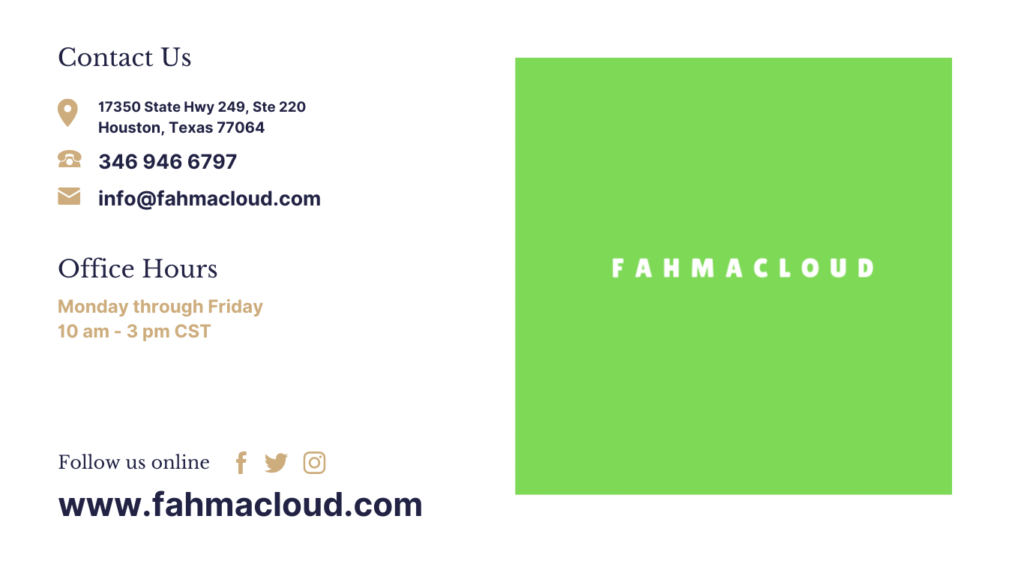Cloud costs can easily get out of hand if you don’t keep an eye on them. The flexibility of AWS is great, but it also means you can quickly end up paying for resources you don’t need or aren’t using efficiently. The good news? You can take control with the right strategy.
Here’s a simple framework to help you get started with AWS cost optimization — whether you’re a startup or managing a large-scale enterprise environment.
Get Visibility Into Your Costs
You can’t optimize what you don’t measure.
-
Use AWS Cost Explorer to identify your top spenders.
-
Enable AWS Cost and Usage Reports (CUR) for detailed data.
-
Set budgets and alerts to track spending in real time.
Tip: Tag your resources by environment, team, or project to make tracking easier.
Eliminate Waste
Look for resources you’re paying for but not using.
-
Idle EC2 Instances: Shut down instances running 24/7 when they don’t need to be.
-
Unattached EBS Volumes: Delete volumes not connected to any instance.
-
Old Snapshots: Archive or delete outdated snapshots.
-
Unutilized Elastic IPs: Release unused Elastic IP addresses.
Right-Size Your Resources
Bigger isn’t always better.
-
Use AWS Compute Optimizer to find over-provisioned EC2 instances.
-
Downsize RDS databases that don’t need large instance classes.
-
Consider auto-scaling groups to match demand instead of running at peak capacity 24/7.
Commit to Savings Plans & Reserved Instances
If you know you’ll need certain resources long-term:
-
Savings Plans give you flexibility across instance families and regions.
-
Reserved Instances work well for predictable workloads.
Pro Tip: Start with Savings Plans for simplicity, then explore RIs for specific workloads.
Optimize Storage
S3 and EBS costs can grow quickly:
-
Use S3 Lifecycle Policies to move data to cheaper storage like S3 Glacier.
-
Enable S3 Intelligent-Tiering for automated cost savings.
-
For EBS, consider gp3 volumes instead of gp2 for better performance and lower cost.
Automate and Monitor
Finally, keep optimization continuous:
-
Set up AWS Budgets and Alerts.
-
Use Infrastructure as Code (like Terraform or CloudFormation) to manage resources consistently.
-
Schedule regular audits — monthly or quarterly.
Overall, cloud cost optimization isn’t a one-time task, it’s an ongoing process. Start by gaining visibility, cutting waste, and right-sizing resources. Over time, layer in automation and continuous monitoring to keep costs predictable and under control.
Need help setting up reliable cloud systems and cost optimization strategies for your business? FahmaCloud can help you with confidence.

